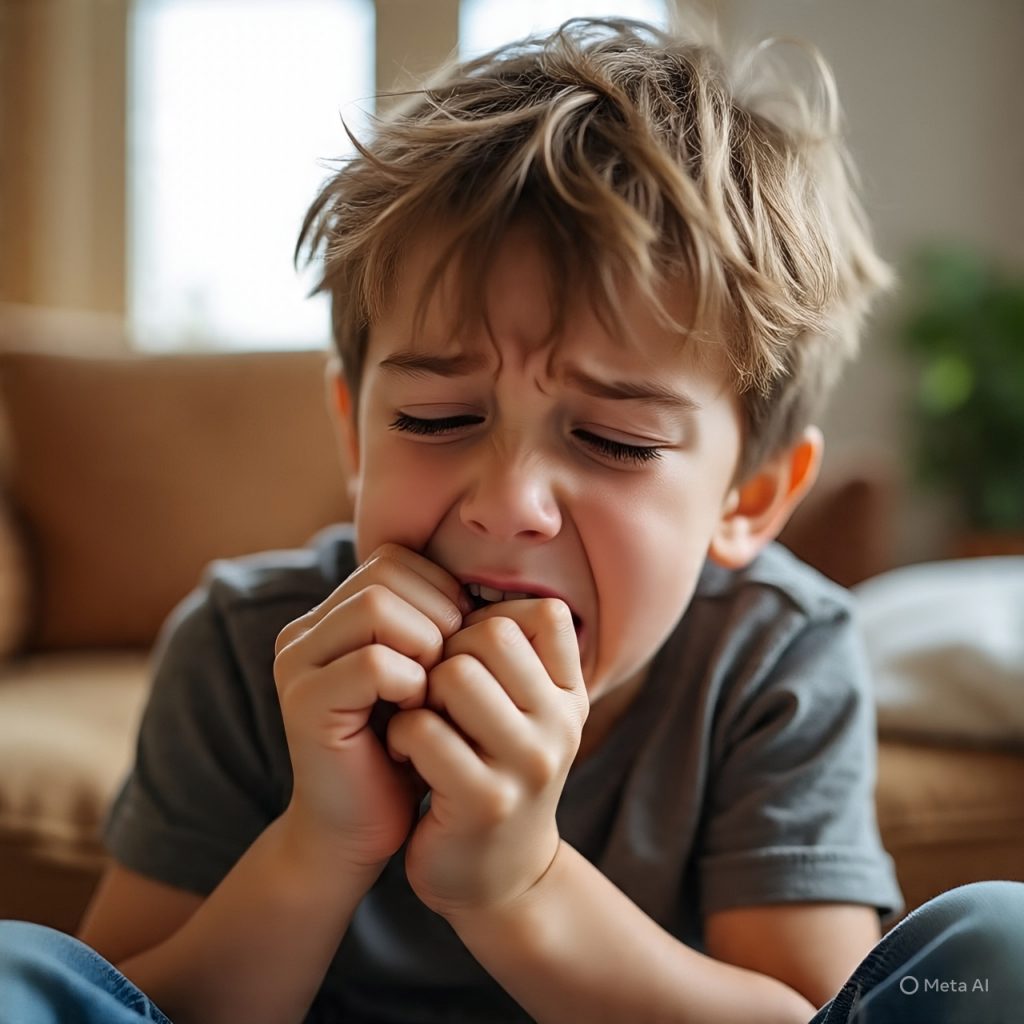Here’s a GHK-based synthesis for Nail Biting, built from Björn Eybl’s real cases and Hamer’s framework 👇
🌿 Nail Biting (Onychophagia) – Germanic Healing Knowledge (GHK) Perspective

*Interpretation based on related sections: “Skin, Hair and Nails” (pp. 332-345) and “Teeth and Jaw” (p. 228) in Björn Eybl’s *The Psychic Roots of Disease.
🧠 Biological Context
Nails protect the fingers and toes — our instruments for grasping, holding, and defending.
In GHK, they belong to the epidermal-dermal interface (outer skin layer and nail bed), which reacts to separation and disfigurement conflicts.
⚡ Conflict Theme
“I feel attacked or exposed and can’t defend myself.”
“I can’t grasp or hold onto something important.”
“I want to bite but must suppress it.”
It combines two classic GHK themes:
- Disfigurement conflict (nail/finger skin) — feeling “dirty,” “ugly,” or “exposed.”
- Bite conflict (teeth/jaw) — wanting to “bite back” or “defend” oneself but being unable to.
🔄 Conflict-Active Phase
- Tension, restlessness, and impulsive gnawing of nails or cuticles.
- The act of biting symbolically releases suppressed aggression or frustration.
- The nail bed may slightly thicken (protective reaction).
In children, it often appears during stress at home or school, where they can’t “fight back.”
💧 Healing Phase
When safety returns (e.g., harmony at home, conflict resolved):
- The nail bed regenerates, but repeated relapses (stress triggers) restart the habit.
- In chronic cases, nail biting becomes a ritualized self-soothing behavior, replaying the old biological memory.
🧩 Possible Examples (derived from Björn Eybl’s case logic)
- A child feels constantly criticized or pressured — “My parents are always after me.”
→ The body expresses this as nail biting, a way to “bite oneself” instead of others. - A woman feels she cannot speak up or defend her ideas at work.
→ She unconsciously redirects the urge to “bite back” into her own nails. - A boy feels helpless watching parents argue — internalizes tension → starts biting nails.
💡 Biological Purpose
Nail biting serves as an emotional release mechanism to cope with suppressed defensive impulses — a substitute for an unexpressed “bite.”
The body symbolically “keeps the claws ready” — maintaining alertness and control in a powerless situation.
🌱 Resolution & Support
- Awareness: Identify what feels “ungraspable” or “unexpressed.”
- Affirmation: “I am safe to express myself. I can bite when I must, and let go when I wish.”
- Practical steps:
- Relaxation, deep breathing, creative outlets for frustration.
- Gentle nail care instead of suppression (avoiding punishment or shame).
- Parental understanding for children — addressing underlying fears rather than the habit itself.
🧩 Core Message
“Nail biting is not a bad habit — it’s a biological expression of suppressed defense and unspoken stress.
Once the person feels secure and allowed to express themselves, the behavior fades naturally.”

